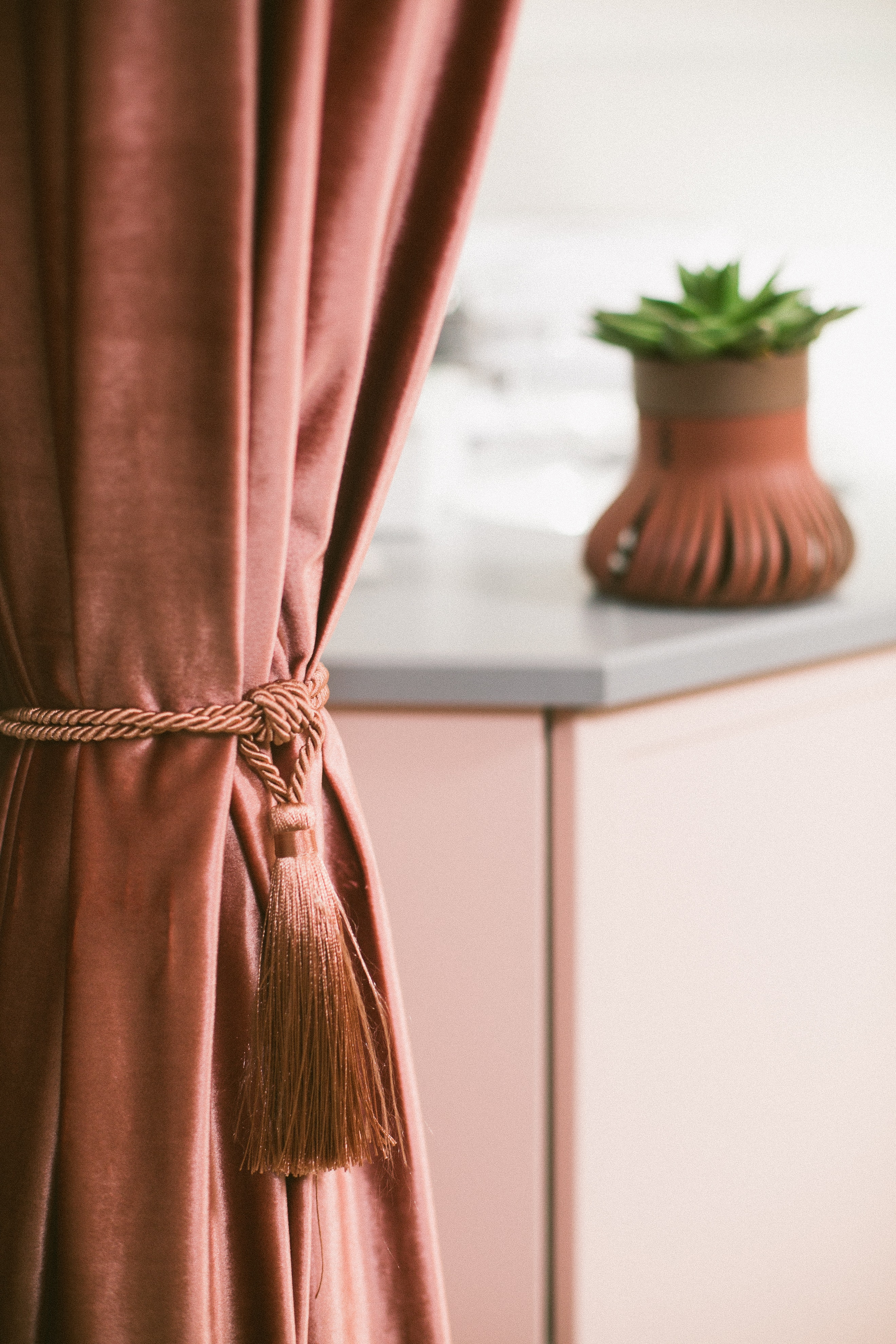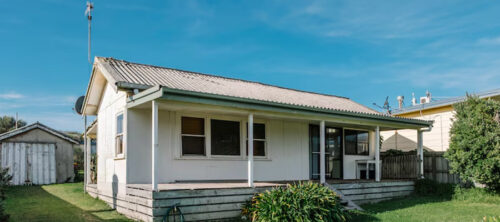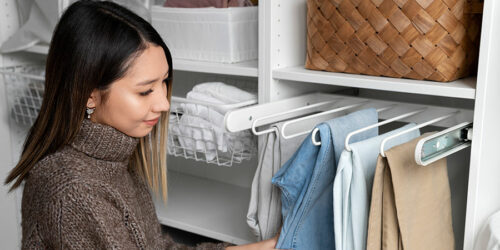Following are a few tips on how to make eco-friendly updates for your apartment with minimal effort. And it does not matter where you start; simply be conscientious of the things you replace or buy and over time you will have a sustainable home.
1. Lightbulbs
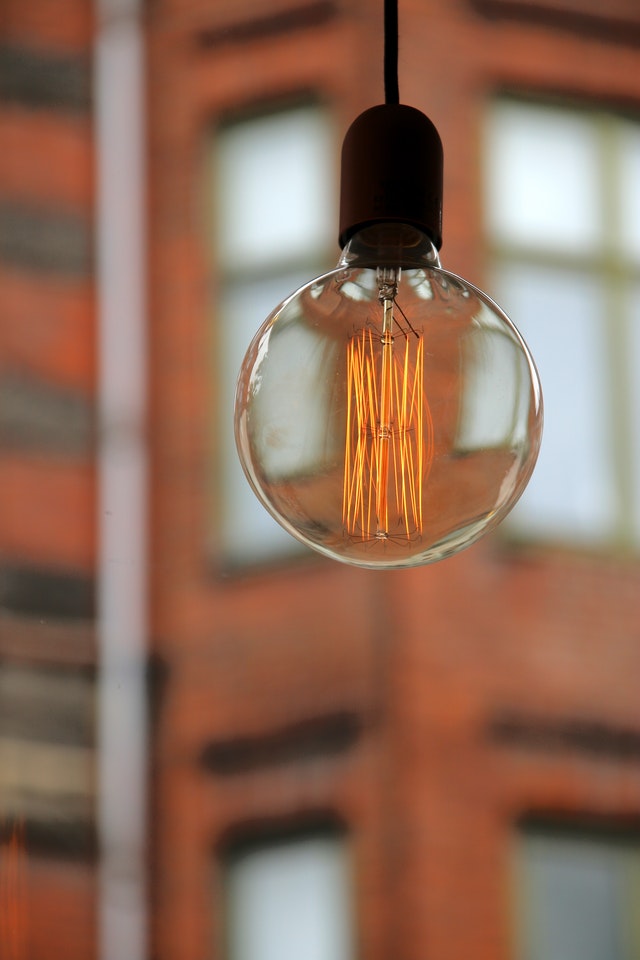
SOURCE: PEXELS
One of the easiest ways to make your apartment greener is to swap the existing incandescent or fluorescent bulbs to LEDs. LED bulbs are a little more expensive, but the ROI is phenomenal. Consider that an LED lasts 25 years and you can buy LED ceiling and wall fixtures with a life expectancy of 40 years. LEDs create no heat when left on for long periods of time which reduces the chance of a house fire. LEDs are available in shapes and colors to accommodate any of your lighting needs. And they contain no mercury, so disposal is safe.
2. Carpets, flooring and rugs
Flooring is a large component of an apartment and careful consideration should be given to the materials chosen. This can also be a major factor in adding value to a real estate investment.
Floors should be durable, non-toxic, and come from a renewable source. Though this sounds like an impossible set of criteria it is easy to satisfy the items on this list. Jute, bamboo, cork, concrete and sustainable woods all meet these conditions. Linoleum, derived from linseed oil, is durable and available in any color. Carpeting and rugs made from wool are so durable they can last for centuries.
3. Windows and window treatments
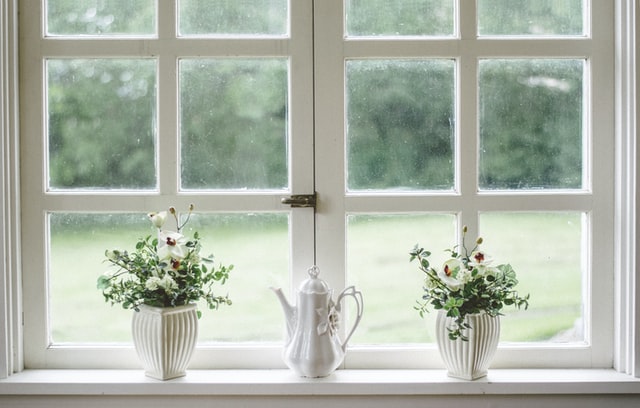
SOURCE: UNSPLASH
Even without an energy audit you will be able to tell if your windows are leaky. A building with insufficiently insulated windows can lose precious heating and air conditioning. Make sure the caulking around each window is sealed. Caulking will pull away from windows because of extremes in outside temperatures and exposure to harsh sunlight. A good choice for window coverings are thermal drapes and they come in a variety of fabrics. Thermal drapery not only helps maintain room temperatures but can keep a room much darker at night and muffle sounds.
4. Appliances
Your choice of appliances will have a direct effect on your energy use. Old, inefficient refrigerators can use more than double the electrical power of new ones. Look for the Energy Star rating on any new appliance before purchasing. Check ovens that are ten years or older for deterioration of gaskets that will allow heat to escape and cause the oven to use more energy. Dishwashers have a life expectancy of eight to ten years. Check seals and plumbing to avoid disastrous leaks.
5. Water usage
Install low-flow shower heads to conserve water use and the amount of energy necessary to warm the water. They’re available at any hardware or big box store and will not restrict the water pressure. Changing older toilets to a dual-flush system will reduce water consumption by half. A dual-flush toilet is a type of toilet that uses two buttons or a handle mechanism to flush different amounts of water.
6. Smart outlets and thermostats
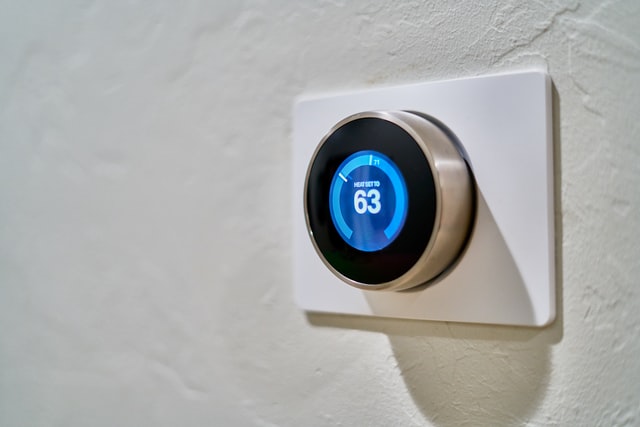
SOURCE: UNSPLASH
Smart outlets and thermostats allow you to control household systems remotely when synched with a smart device like a phone or pad. Additional control over the HVAC system makes wasting heat or cooling when you are not at home a non-issue.
Bonus Tip: When searching for a new place during COVID-19, be sure to stick to virtual apartment tours, but keep a list of questions on-hand to ask the agent or property manager about eco-friendly options in the unit or building.
AUTHOR: SAM RADBIL
Sam is an author at ABODO, an online apartment marketplace that helps renters find apartments all across the country. ABODO reports on rent rates, the changing of real estate markets and trends within the real estate industry.


